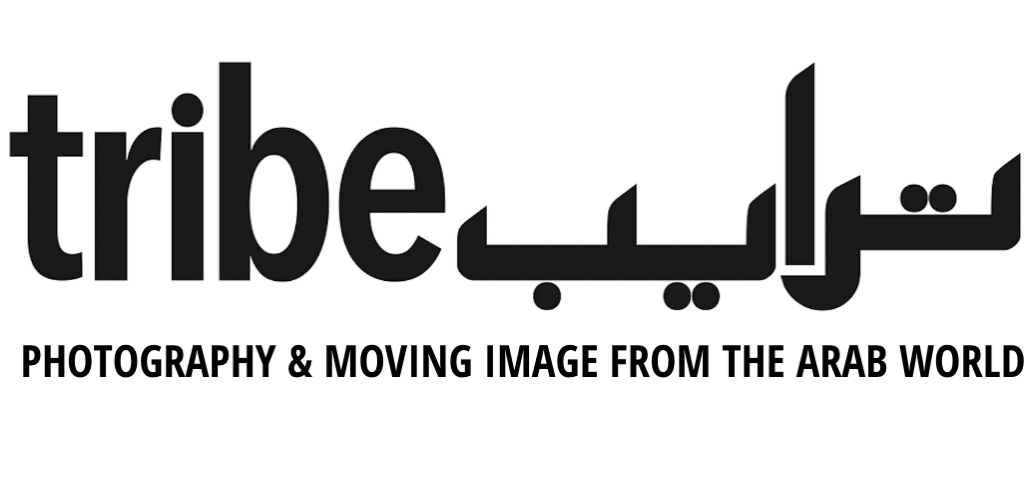eL Seed: Perception
Artist and writer weaves the reader through an immersive Cairo passage
From the book Perception (2016) Image courtesy of Ouahid Berrehouma.
With text by Anna Seaman, independent arts writer.
It is not often that you get to see the inner workings of an artist’s mind. Mostly, artists prefer to express themselves in a visual language and rightly so, after all, that is what we would expect. It was therefore, a joyful discovery to opening the book Perception, written by eL Seed, to find that not only is he a skillful artist but an eloquent writer. The book begins with an immersive passage taking the reader to the streets of Cairo, weaving amid the traffic and through the sounds and smells before landing in the district of Manshiyat Nasr at the base of the Mokattam mountain. It is a place that most locals don’t dare to venture. It is shrouded in mystery and superstition, which in fact, as it turns out, is the basis for eL Seed’s artistic adventure. In the book, he explains that he has selected the area because it is so marginalised. It is where a large community of mostly Coptic Christian people live and whose primary occupation is sorting the city’s garbage. Because of this association with the trash, the common perception is that these people must also be dirty and smell bad, hence their nickname ‘the Zabaleen’ (or people of the garbage). However, what unfolds is a story about how his perception changed of these people when the artist and his team entered their community to paint a mural.
eL Seed’s entire practice is based on the idea of social cohesion and breaking down barriers. He always chooses to paint in the public sphere and engage as many people as possible in order for them to feel ownership of the project. In the same vein, the book itself was a collaborative project. Through intimate portraits and sweeping vistas, the book is also dedication to imagery. Some of the photographs were taken candidly and throughout the process by Ouahid Berrehouma and Mahdi Khmili, core members of his small and faithful team, who helped him with every aspect from mixing the colours of the paint, to hoisting the lifts, filling in outlines and of course, documentation. The other images, portraits of the members of the community as well as atmospheric shots that bring the words to life in vivid colour and drama were taken by Christina Dimitrova. Together, the effect of the images and the words allow the reader to see the mural taking shape over the course of the project and also bear an intimate witness to the deep and lasting friendships and connections made.
The limited editions of the book (the first 500 copies) also contain pages of recycled paper made by the community in Manshiyat Nasr as well as a hand-painted cover. Each cover contains a single section of the circular image that was painted as a mural over 50 buildings. In the same way as the original mural could only be seen together from one vantage point, the first 500 copies of the book will only ever spell out the words again if placed together. It is a subtle yet clever nod to the nature of the artwork and the deep and underlying message: that there is more strength in unity and togetherness than there will ever be in division.


